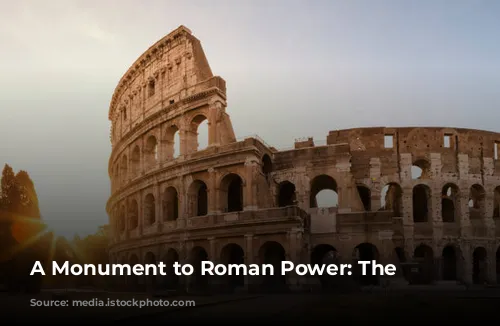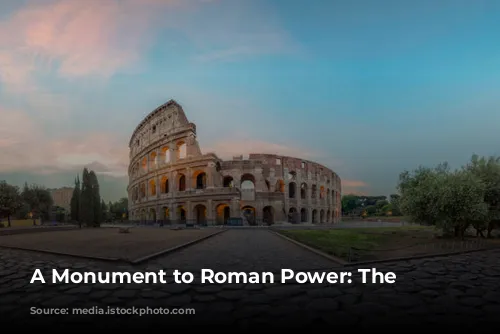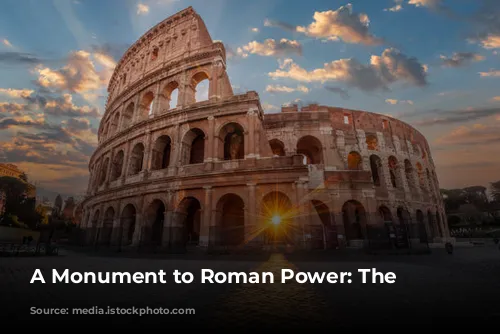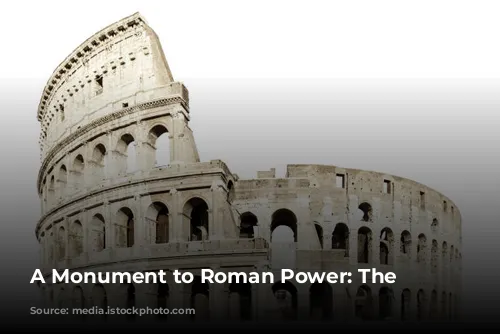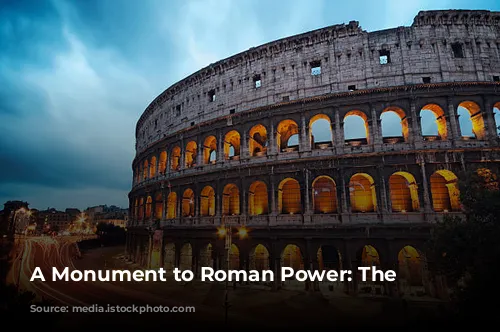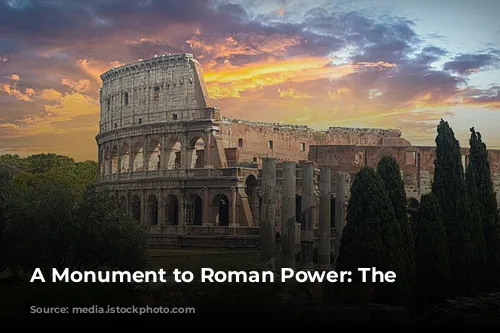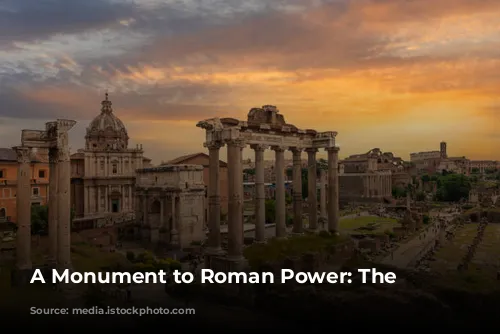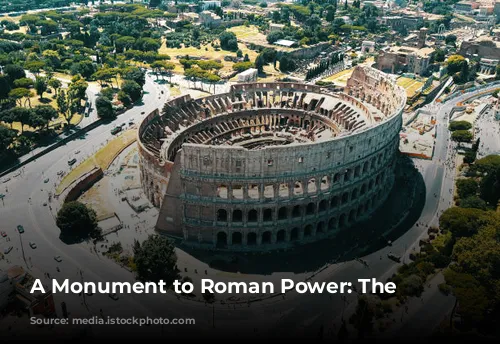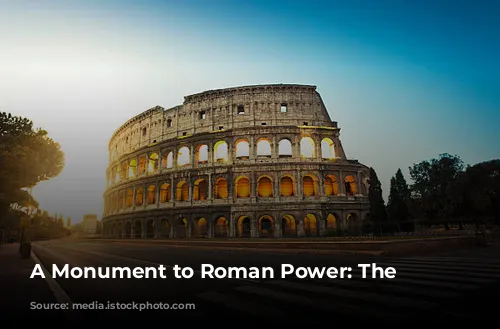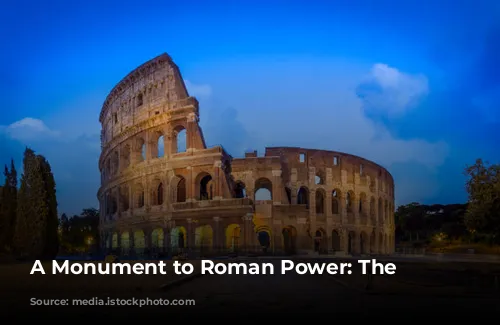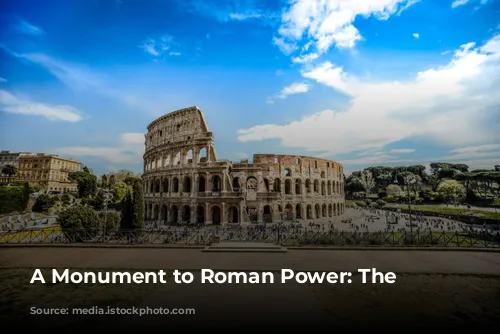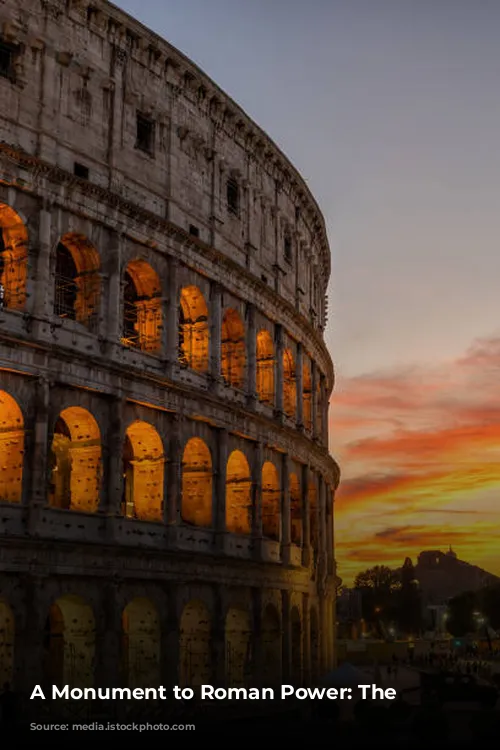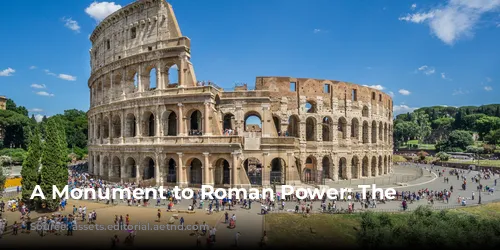The Colosseum, a towering stone amphitheater, stands as a powerful symbol of ancient Rome’s grandeur. Imagine the sheer scale of this structure, commissioned by Emperor Vespasian of the Flavian dynasty as a gift to the Roman people around A.D. 70-72. This monumental gift was a testament to the Flavian emperors’ desire to heal the wounds of Rome after the turbulent years of Nero’s reign.

A Legacy of Games and Entertainment
After Nero’s death, a series of civil wars shook the Roman Empire. It was Vespasian, the fourth emperor to ascend the throne, who finally brought stability. The Flavian dynasty, which included Vespasian’s sons Titus and Domitian, aimed to restore order and improve the lives of their citizens.
Vespasian decided to use the land of Nero’s extravagant palace, the Golden Palace, to build the Colosseum. This choice symbolized a shift from Nero’s self-indulgence to the Flavian dynasty’s commitment to public welfare. The Colosseum, officially known as the Flavian Amphitheater, was to become a center of entertainment for the Roman people.
The Colosseum’s construction was a massive undertaking. After nearly a decade, the amphitheater was ready for its grand opening in A.D. 80. Titus, a beloved ruler known for his kindness and compassion, inaugurated the Colosseum with a lavish festival lasting 100 days.
The Colosseum was not merely a place for gladiatorial combats. It was a stage for a variety of spectacles, including wild animal hunts, mock naval battles, and other forms of entertainment. These events were a source of pride and fascination for the Roman people, drawing massive crowds to the Colosseum.
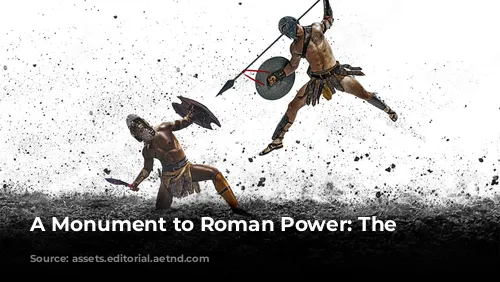
A Monument to Rome’s Past and Present
Imagine the Colosseum in its prime. This massive structure, measuring 620 by 513 feet (190 by 155 meters), was the largest amphitheater in the Roman world. Built entirely from stone and concrete, it featured three stories of arched entrances, each with columns of a different style. The grandeur of its design reflected the power and wealth of the Roman Empire.
The Colosseum could hold over 50,000 spectators, who likely sat according to their social status. The arena itself was a bustling space, filled with gladiators, wild animals, and the excited roar of the crowd. The Colosseum was a testament to the Roman people’s fascination with power, spectacle, and the thrill of combat.
Over the centuries, the Colosseum witnessed the rise and fall of the Roman Empire. Its once-vibrant arena fell silent, and the magnificent structure was plundered for building materials. The Colosseum’s story is not just a tale of grandeur; it is a chronicle of the empire’s decline.
Despite the ravages of time, the Colosseum’s iconic silhouette continues to inspire awe and wonder. Today, it stands as a testament to the Romans’ incredible skill and the enduring power of their civilization. Restoration efforts have preserved this iconic landmark, ensuring that generations to come will marvel at the Colosseum’s magnificence.
